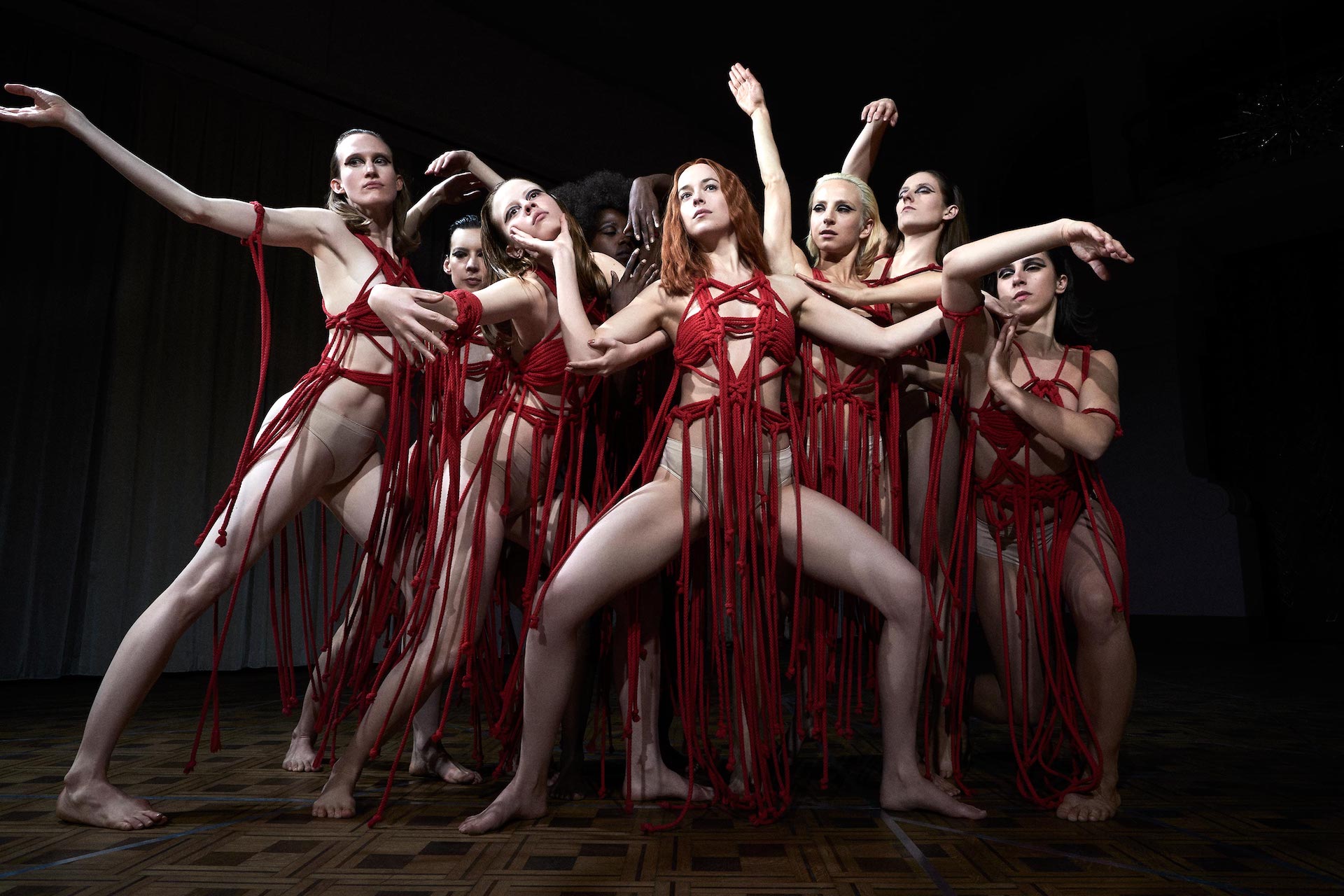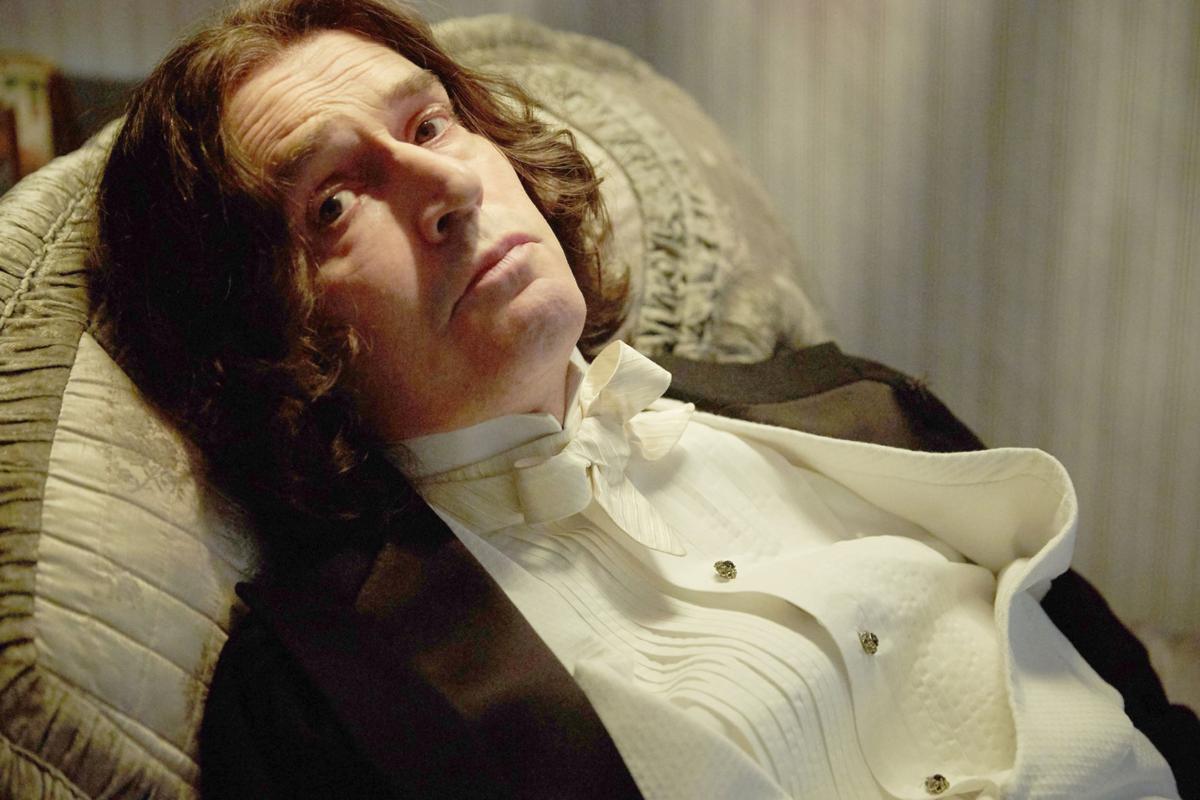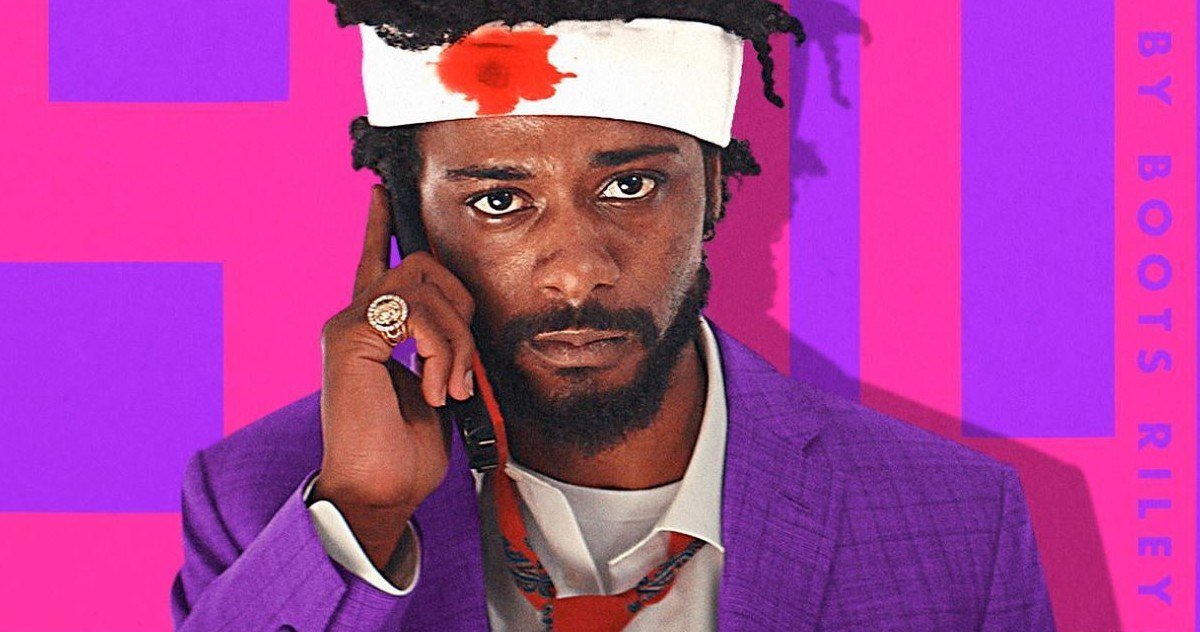The Nutcracker and the Four Realms
by Hope Madden
Let’s say your birthday falls in December and as a lovely gesture your family took you to The Nutcracker Suite every year to celebrate, and every year you remembered again that you had no idea what the hell the ballet was about. Suppose, then, that Disney decided to make it into a movie and you thought that maybe now, with some narrative, you could figure this shit out.
Well, you would be disappointed. But if you went to see the ballet and thought, damn, there is too much dancing here, The Nutcracker and the Four Realms might be for you.
Mackenzie Foy is Clara, a young lady who dreads enduring the first Christmas without her mother. She doesn’t even want to go to the big party thrown by her godfather, Drosselmeyer (Morgan Freeman in a really bad wig). But her dad (Matthew Macfadyen) drags her, along with her brother and sister.
After that, things begin to feel familiar, although they rarely feel like The Nutcracker. The film becomes an inverted exploration of childhood and adolescence. Like Alice in Wonderland meets The Wizard of Oz meets Hunger Games.
Helen Mirren plays lord of this disused amusement park overrun by rats and clowns, though, and that is hella cool. Meanwhile, Keira Knightly shamelessly steals scenes as Sugarplum. Both are fun in a film that desperately needs a bit more of it.
Joe Johnston (Captain America: The First Avenger) and Lasse Hallstrom co-direct. That checks out. Johnston brings a rather workmanlike attitude for spectacle, while Hallstrom—whose credits range from the Oscar-winning Cider House Rules to the unwatchable A Dog’s Purpose—brings an eye for manicured beauty and an utter lack of whimsy.
Do you remember watching the ballet as a child? The spooky, eye-patched uncle? The 7-headed rat? It is seriously creepy, and at the same time, there is wonder in every dance whether you understand the storyline or you don’t.
There are lovely moments peppered through this visually elegant picture, but there is no passion, no danger and no excitement.
And weirdly enough, very little Tchaikovsky almost no dancing.









